Here There Everywhere | Bolivia
The Cholitas Of Bolivia
Yannick Wende and I had never met in person, although, over the last 10 years we raced at many of the same Canada Cups, World Cups and Crankworx. So when Yannick reached out on Instagram to invite me to a DH race in his home country of Bolivia … I was taken by surprise. The race, Yannick explained, was to be held at a trail center named Ñuñumayani, where all the trails are managed, built and maintained by a group of Indigenous Bolivian women, respectfully known as Cholitas.
After a quick google search I discovered that Cholitas, as Aymara indigenous women, have faced a very long history of racial and social discrimination. Over the past thirty years, they have been slowly reclaiming their positions in society, governance, leadership and business. Their colourful outfits of layered skirts and cardigans were designed by the Spanish to identify the women as being of a lower social status, but they have taken that power back, and today, in Bolivia, the more colourful the outfit, signifies a higher status of power and beauty. They are not only active in sport as managers and builders of biking trails, but participate in sports as Cholita Escaladoras (mountaineers), Cholita Luchadoras (wrestlers) and Imillaskaters (‘young girl’ skateboarders.) I was all in!
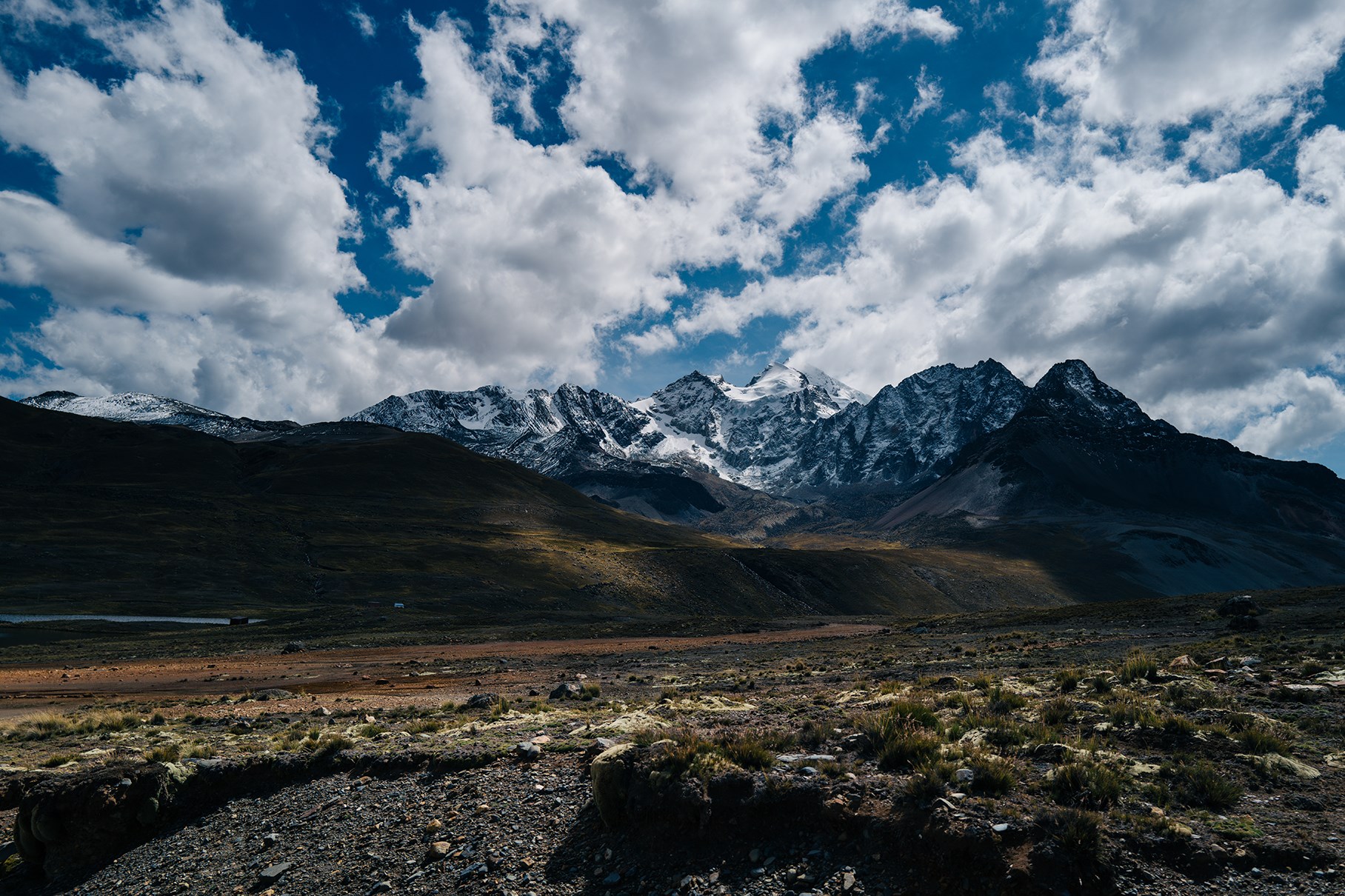
Fast forward a few months and Yannick, Graeme and I are walking out of the airport into the crisp, night air of El Alto. As sea-level slugs, arriving in the highest major city in the world, it was essential to ease into our trip at altitude, so we spent a day walking around the city of La Paz, getting a taste of Bolivian culture.
La Paz is built into the steep slopes of the Amazon basin and is surrounded by the peaks and glaciers of the mountainous Altiplano. The mountains of well over 6000m look down on the city, and the thin air forces a visitor to slow down and be aware of just how small we are in the overall scheme of things. On the other side of those mountains was the Amazon jungle. It was hard to imagine. The hustle and bustle of La Paz made it feel worlds apart.
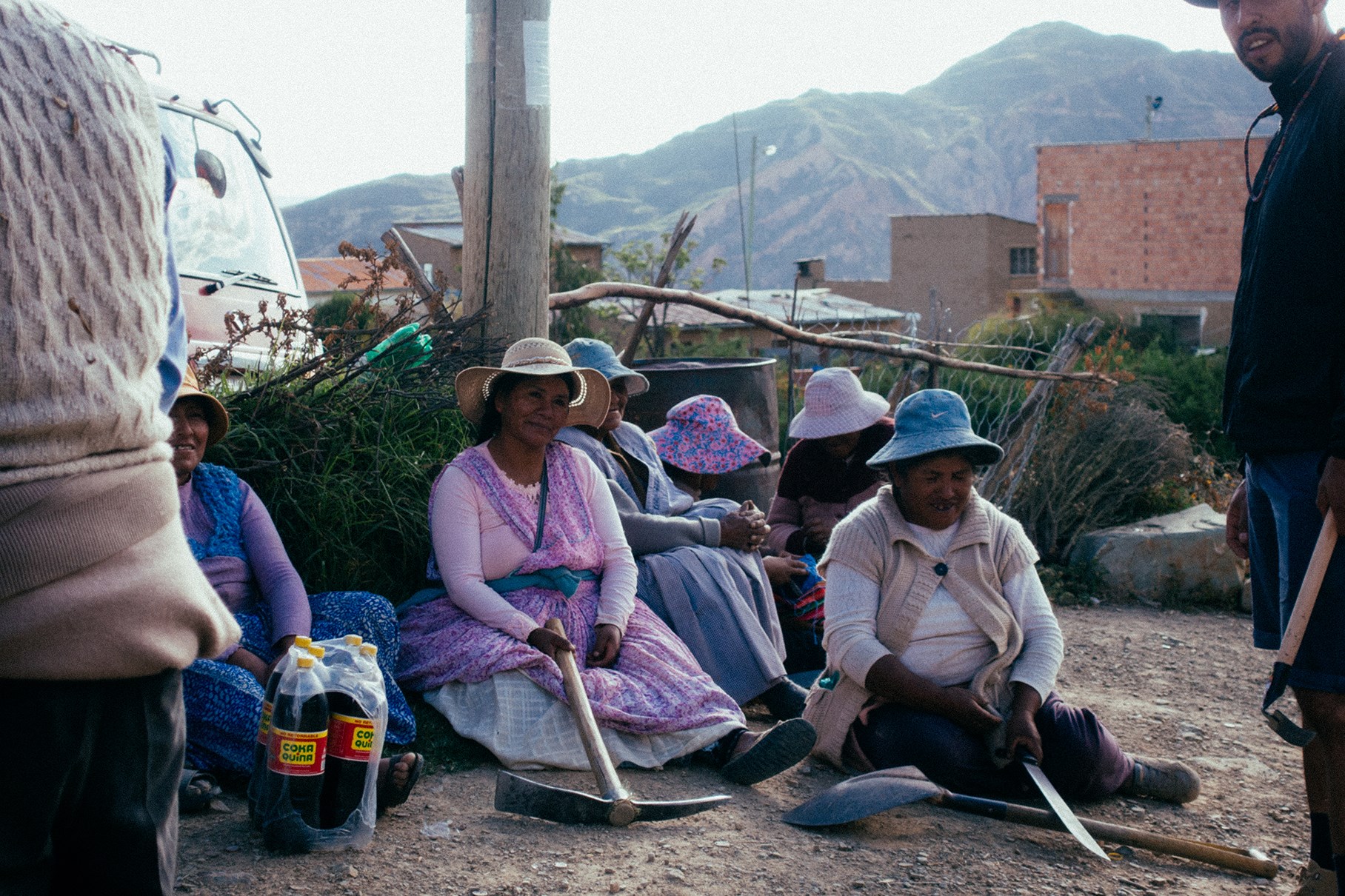
La Paz boasts, as a means of public transport, a brand new, intricate gondola system that runs through the steep streets of the city. This system makes access quicker and easier, while traveling overhead gives visitors a new perspective. I looked ridiculously touristy, pointing and taking photos of everything, yet it's the place I have felt the least like a tourist. That isn’t to say the place felt like home. No, it was very much the opposite. But … we felt welcomed. The easiest way to describe it is, we were simply absorbed into the city to become part of the flow of everyday life.
A few laps of the famous La Paz Urban DH completed acclimatization, so it was time to head to the trails and we headed out to Camiraya. Camiraya is a rural community about 45 minutes from La Paz. It was one of the first towns to embrace trail building and mountain biking as a way to increase land value and create economic opportunity.
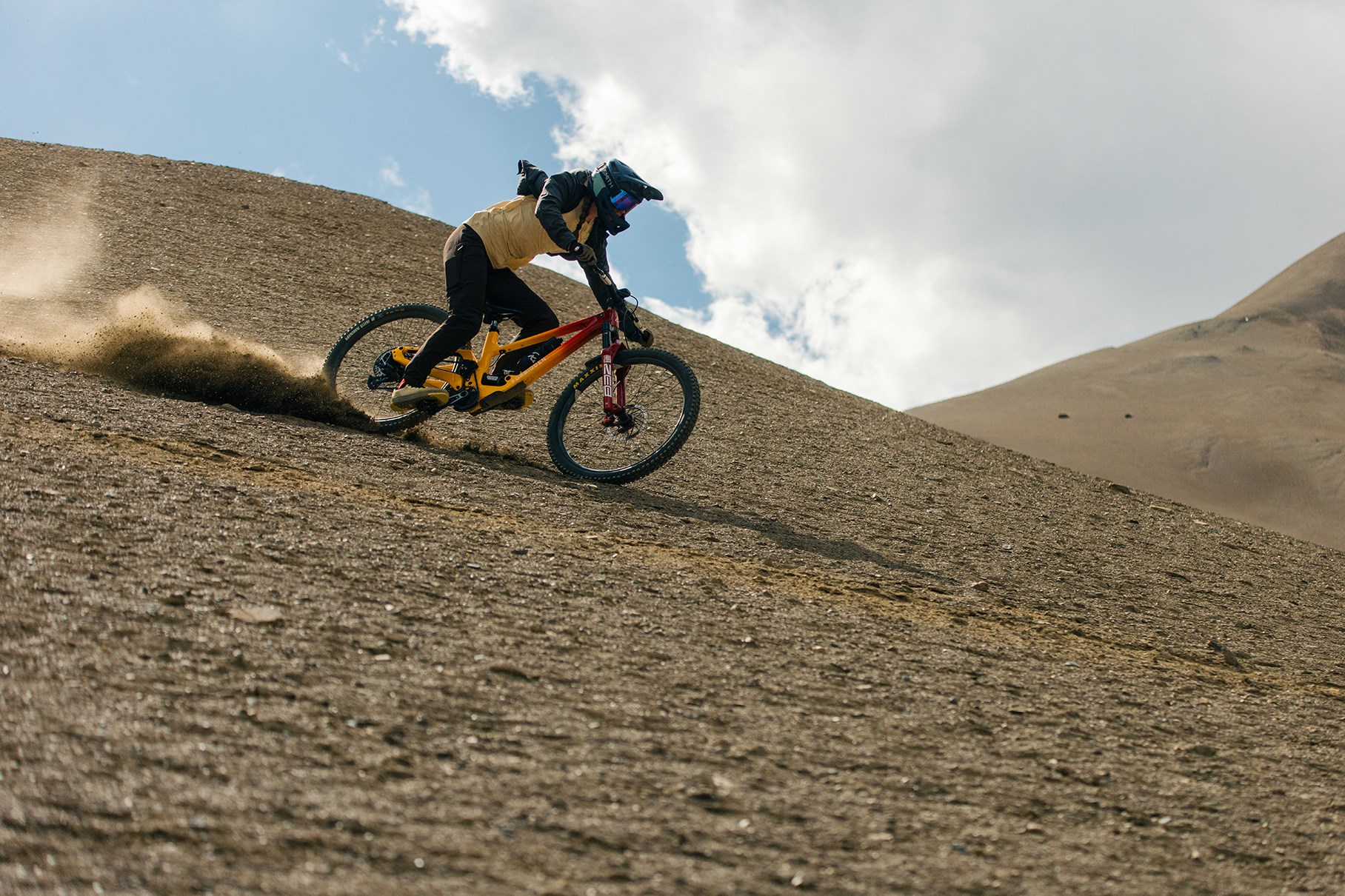
Many members of these small communities are forced to seek work in the cities and, as a result of this drain, culture and traditions are fading. They are threatened, also by land claiming. We understood, many communities have been scammed out of their own land, and then forced to leave while the developers take advantage. So not only are communities displaced, but irreplaceable Bolivian history, including ancient Incan roads, have been, and are being, destroyed and lost.
It only took the first few turns on Camiraya’s ‘El Nacional’ to realize that the trails were good. Very good! Fast berms, whoops, a road gap and some off camber into predictable turns and rises, El Nacional is one of the most popular trails. It was built by community member Serapio and his two sons, Isaia and Dani. There are a total of 8 tracks in Camiraya, but for racing, the most popular are El Nacional and Kalaraparke.
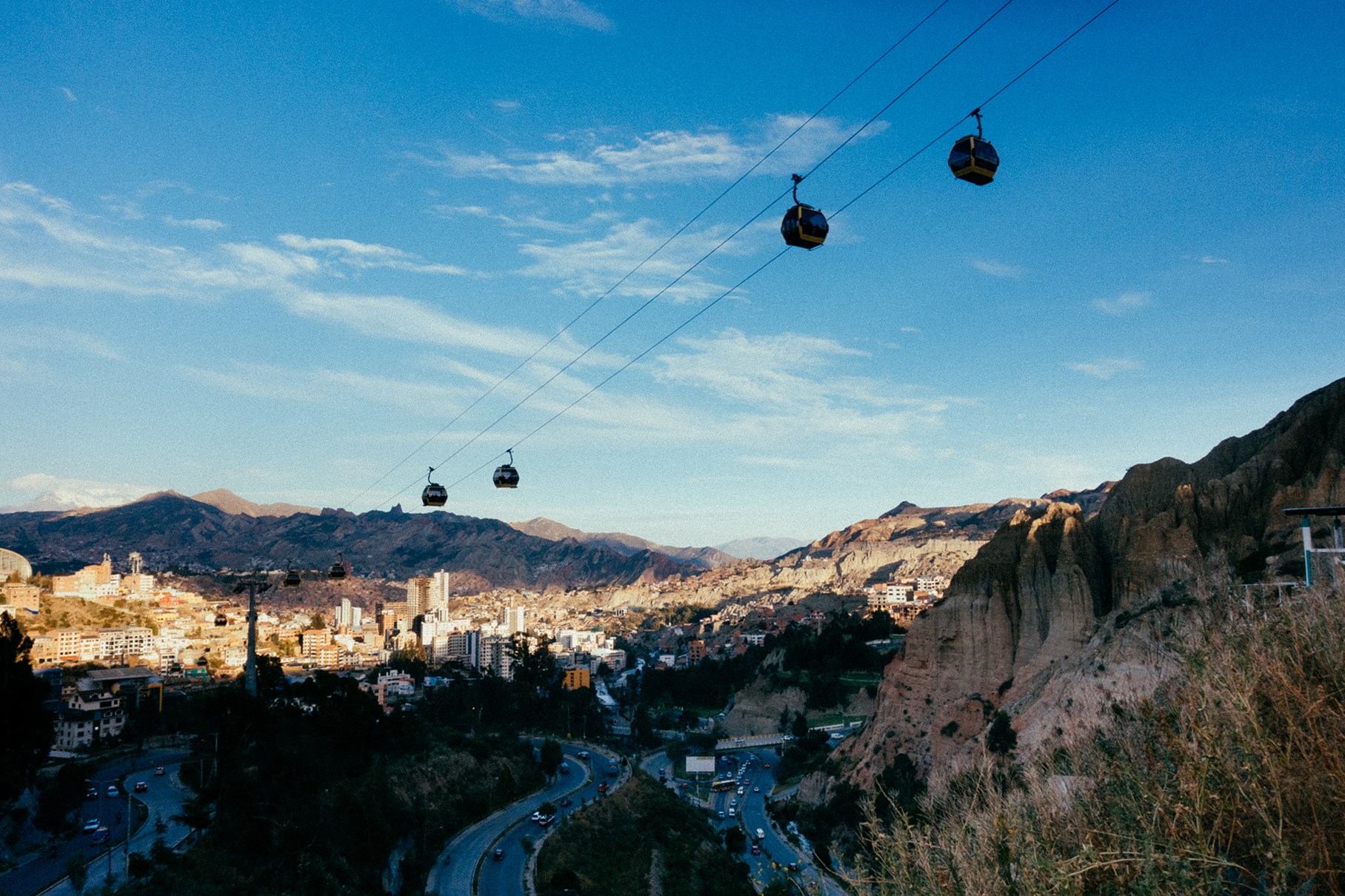
Next up was a visit to Ñuñumayani, for the The Bolivian DH Tour race. The track selected for the race was La Termita, a challenging and technical DH trail built by the Cholitas. Led by Yannick and a group of passionate Bolivian riders, there has been an emphasis on creating a positive, reciprocal, relationship with communities like Ñuñumayani. A portion of the race fee goes directly to the local community. At Ñuñumayani, for example, the community are saving to create a more permanent water source, as lack of accessible water is of great concern as regards to their future.
During the race weekend, the community members came to watch the action, share their local traditions with us and enjoy the excitement of the race. An apthapi, an Aymara tradition of sharing a meal, similar to a potluck, was set up by the Cholitas and we all, community and riders, ate together. After the podium ceremony they led everyone in a traditional dance before riders headed home for the weekend. Some of whom had a 14 hour drive ahead of them!
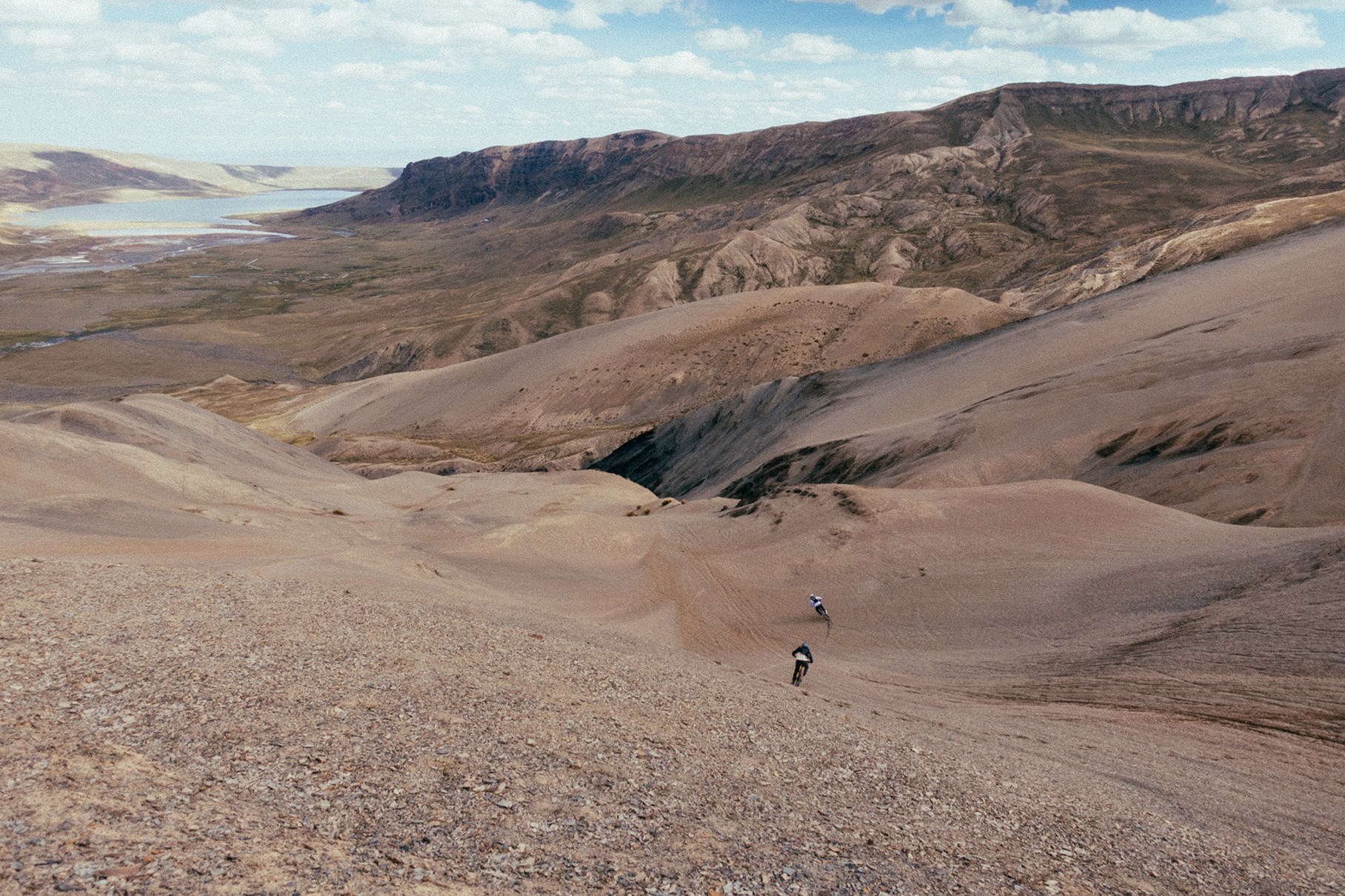
Yannick, Graeme and I were invited back to Ñuñumayani to work alongside the Cholitas for a trail maintenance day. We joined a working party of twenty-seven Ñuñumayani locals, led by the Cholitas. Yannick acted as consultant for the rider's perspective on the build. We blazed down the slope. Pickaxes and machetes swung to increase sight lines and clear ankle height obstacles; shovels broke the hillside and carved out bench cuts and berms; jumps and bridges were built shockingly fast. But then, I realized, the people of the Andes have been building paths in this terrain since time immemorial, of course they were good! Everyone laughed, and chatted happily while we worked and they always tried, despite my lack of Spanish, to include me in their conversations.
It became clear that decisions about the trail projects, the community welfare and future were made mostly by the Cholitas. They explained that the mountain bike trails hold great value to them. The collaboration has increased unity within their community and helped them see the value and a possible way forward with the inclusion of tourism operations in their small towns. Everyone we spoke to had big dreams. They see a future where building trails will allow them to share their culture with the world, provide jobs, inspire the younger generations of Bolivians and stimulate economic opportunity.
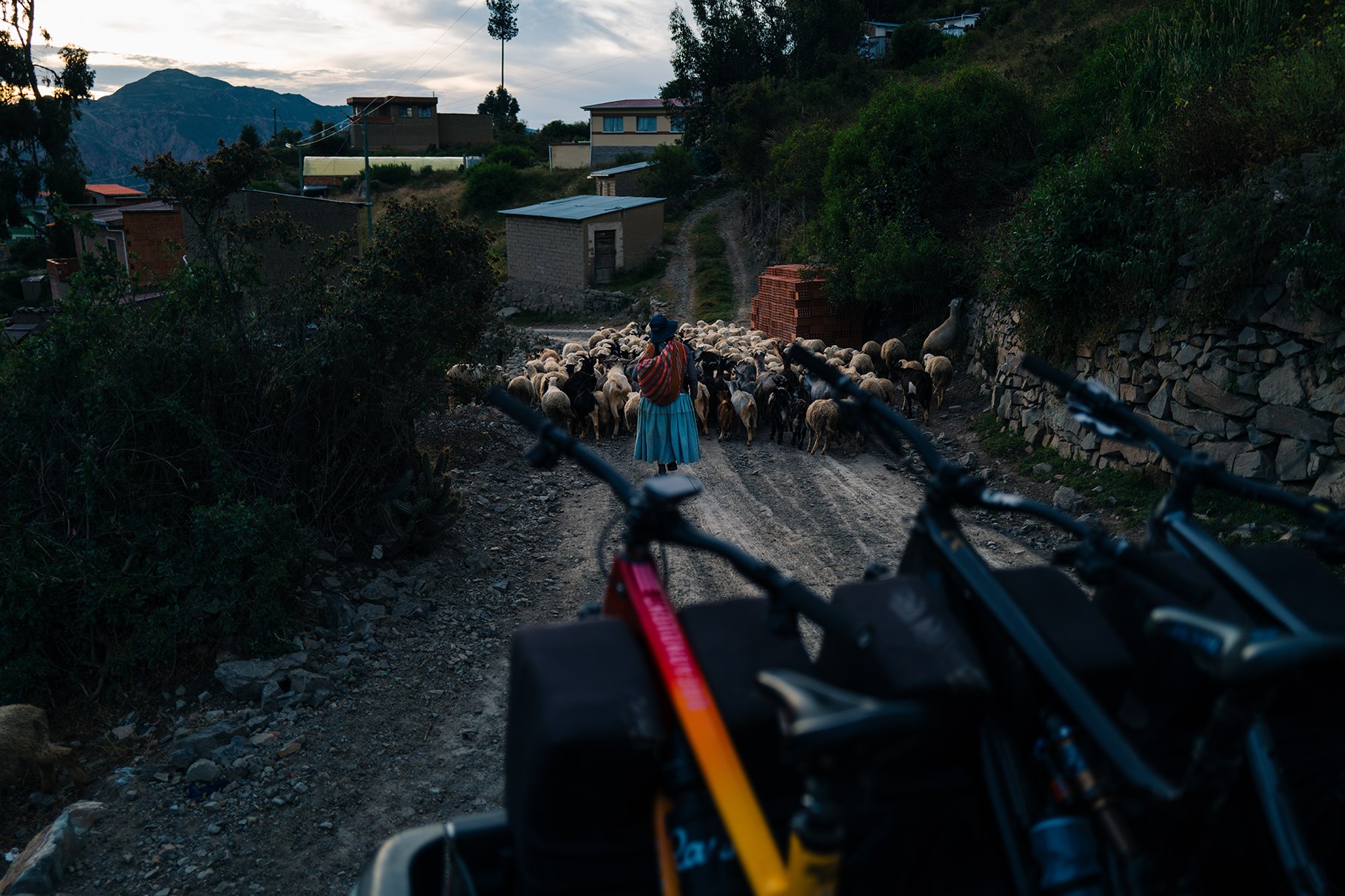
The landscapes surrounding La Paz simply leave you in awe. This trip was a reminder of how important it is to find the balance between development and preservation. With so much natural beauty right in your face, it exaggerated the feeling that our natural world is shrinking, and of the desperate need to protect it.
When I say that Bolivia was the best trip of my life, I’m not exaggerating. I had as much pleasure from riding as I did from sitting on the side of the trails and appreciating my luck to experience this in my life. The people and landscapes of La Paz left their mark on my heart, and the trails stand out as some of the best riding moments of my life.
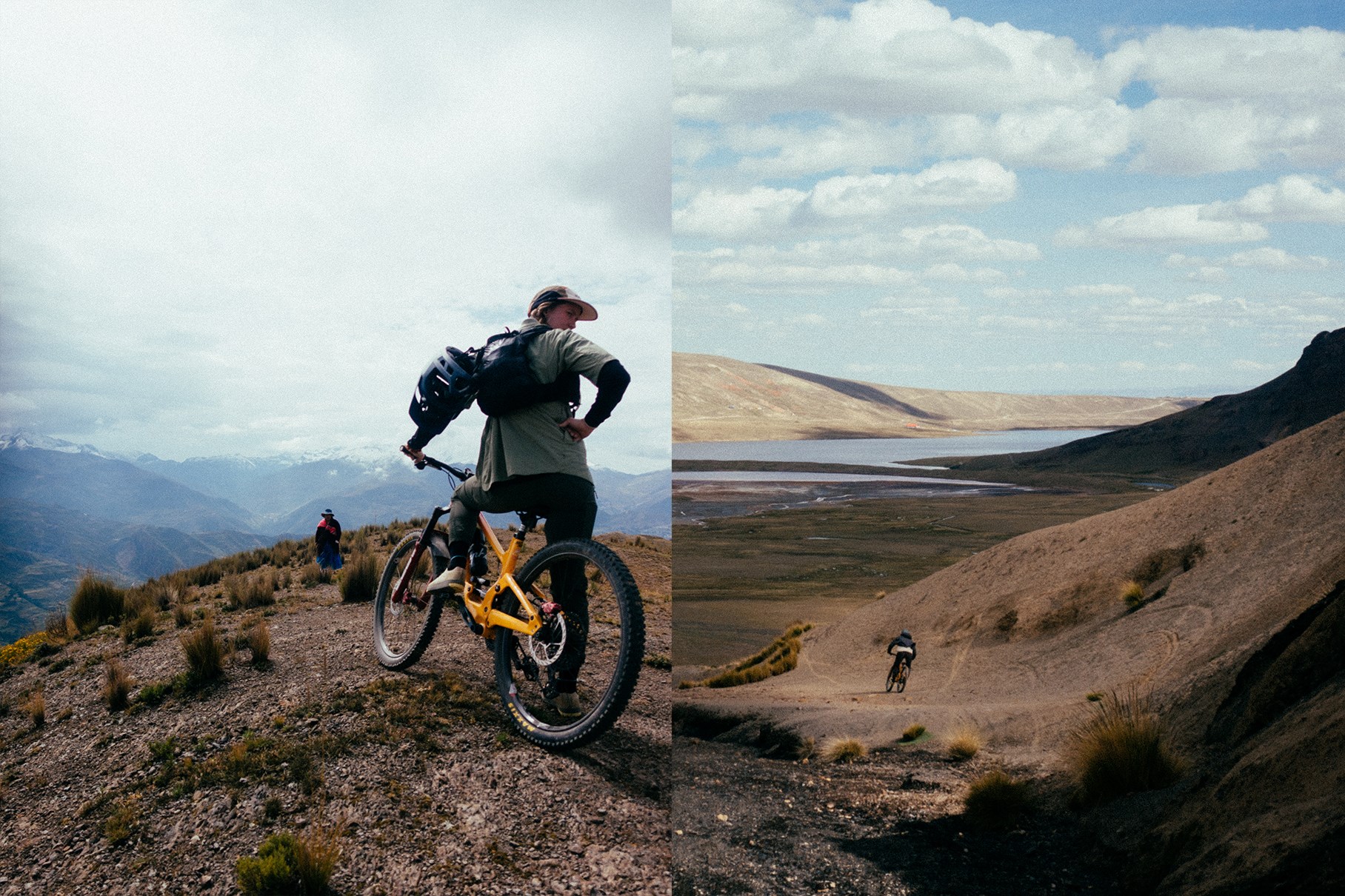
“I think the water is still turbulent. Things and pieces are still moving around. But I'm very hopeful as a Bolivian and really proud to hold initiatives like this cycling, for instance, because I think it is the future for the country. And we're a small population country with still a lot of cultural richness and natural richness, who can find a different model to what has happened in the past and learn from it and now start going forward with accepting who we are.”
Just like Yannick, I, too, am hopeful for Bolivia.
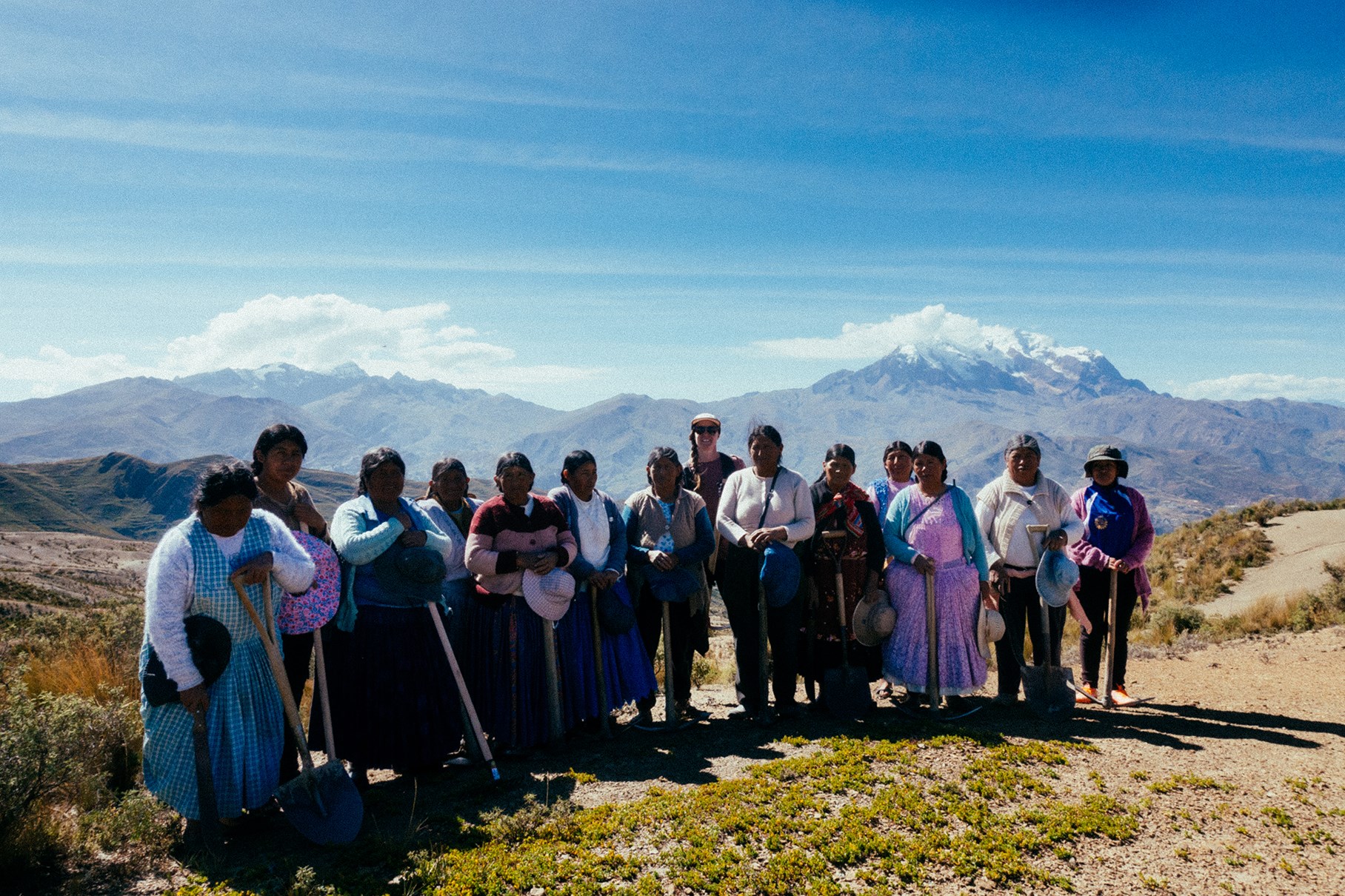
Words by Miranda Miller. Photos & video by Graeme Miekeljohn.